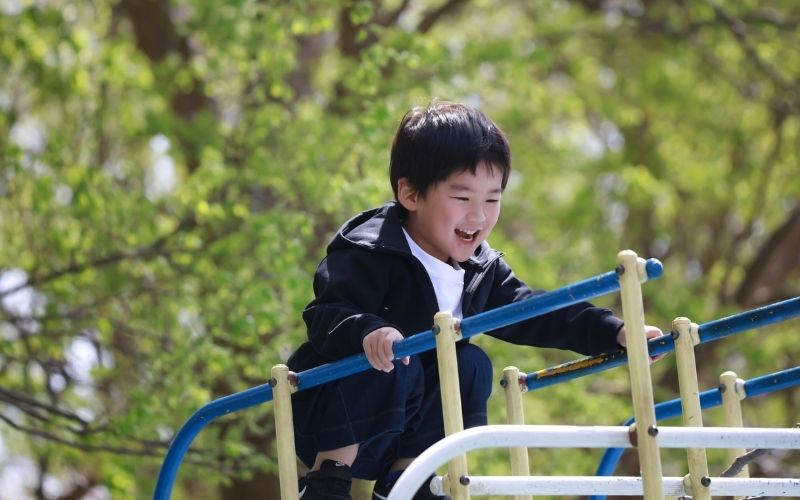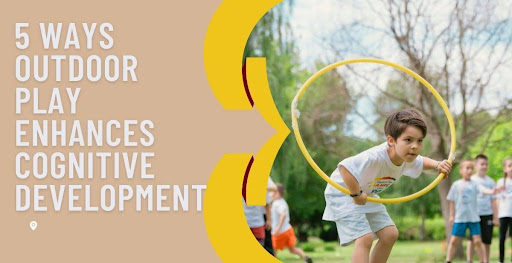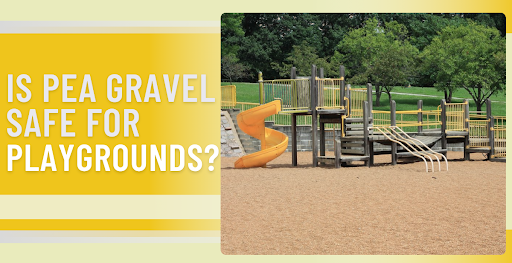What is a Climber in a Playground?
Discover what a playground climber is, its types, benefits, and safety tips. Learn how climbers build strength, balance, and confidence in kids.

Jane Smith
.jpg)
Climbing comes naturally to kids. It builds confidence, strength, and courage. That’s why climbers have become staples in modern playgrounds.
But what exactly is a playground climber, and why should it matter when planning a play space?
What is a Playground Climber?
A playground climber is any structure that encourages children to climb. It can be a rope net, a rock wall, a set of monkey bars, or even themed equipment shaped like animals or trees.
Climbers are built to challenge kids’ balance, grip, and coordination while giving them different ways to explore play.
Benefits of Playground Climbers
Climbers deliver more than physical exercise. They strengthen muscles, improve coordination, and build endurance. Kids also learn problem-solving by planning their next step.
Socially, climbers encourage teamwork and communication as children figure out routes together. The confidence gained from reaching the top is often the most rewarding part.
Types of Playground Climbers

Overhead Climbers
Overhead climbers include monkey bars, ring ladders, and horizontal ladders. They challenge children’s grip, arm, and shoulder strength while building endurance.
These are ideal for older kids who want to test their upper-body power.
Pros
- Builds upper-body strength
- Improves grip and hand coordination
- Encourages perseverance and focus
- Simple design, low maintenance
- Popular with school-aged children
Cons
- Too difficult for toddlers or younger kids
- Higher fall risk if used without proper surfacing
- Requires significant upper-body strength
- Limited variety of movement
- Can wear out the grip faster than other climbers
Vertical Climbers
Vertical climbers include rock walls, ladders, and cargo nets. They train balance, core control, and problem-solving as kids plan their next steps upward. These climbers are compact but offer significant physical challenges.
Pros
- Strengthens core muscles and legs
- Encourages problem-solving and planning
- Fits nicely in small spaces
- Available in many forms (nets, rocks, ladders)
- Builds confidence as kids reach the top
Cons
- Risk of falls if children climb too quickly
- Not always suited for very young kids
- Some models can be slippery in wet weather.
- Cargo nets may fray without upkeep.
- May require adult supervision in busy parks
Net Climbers
Net climbers use ropes or cables woven into webs, pyramids, or grids. They allow multiple kids to climb together, making them highly social. These structures encourage creative movement as kids choose different paths.
Pros
- Encourages teamwork and group play
- Develops balance and coordination
- Multiple kids can play at once
- Flexible structure adapts to many climbing styles.
- Adds visual appeal to playgrounds
Cons
- Requires frequent inspection for rope wear
- Harder for toddlers to use
- Higher upfront cost compared to simple ladders
- It can be intimidating for children who are afraid of heights.
- Weather exposure may shorten the rope's lifespan.
Themed Climbers
Themed climbers resemble animals, vehicles, or natural elements. They blend imaginative play with climbing challenges, giving kids both a physical and creative outlet. They are especially popular in schoolyards and community parks.
Pros
- Encourages imaginative play
- Appeals to younger children
- Adds personality to the playground
- Customizable to fit a park’s theme
- Combines creative and physical development
Cons
- More expensive than standard designs
- Limited availability of specific themes
- May not appeal to older children
- Custom parts are more challenging to replace
- It can take longer to install
Freestanding and Integrated Climbers
Freestanding climbers are stand-alone units, while integrated climbers connect to slides or larger playground systems. Freestanding models offer flexibility in placement, while integrated versions improve playground flow. Each has its strengths depending on space and budget.
Pros
- Adds variety to playground layouts
- Offers both standalone and system options
- Works for both large and small parks
Cons
- Freestanding may take up extra space
- Integrated requires bigger play systems.
- Higher costs for custom integration
- Freestanding can feel isolated without other features
- Maintenance varies depending on the setup
Safety Considerations for Playground Climbers

Safety must come first. The fall height of each climber determines the surfacing needed, such as rubber tiles, poured-in-place surfacing, or engineered wood fiber.
Climbers should be age-appropriate to avoid risks for toddlers or younger kids. Regular inspections for loose bolts, frayed ropes, and sharp edges help keep equipment safe and extend its lifespan.
Tips for Choosing the Right Climber
- Match the climber to the target age group for safety and usability.
- Select durable materials, such as coated steel or reinforced rope, for long-term use.
- Ensure the climber fits smoothly into the overall playground flow and layout.
- Verify compliance with playground safety standards before purchase.
- Ask about warranties, maintenance support, and replacement parts availability.
Bottom Line
Playground climbers combine fun, challenge, and growth in one piece of equipment. They’re more than a place to play—they help kids develop strength, problem-solving skills, and confidence.
For expert guidance on choosing the right climber for your playground, visit Park N Play Design.

Jane Smith


.jpeg)
.jpg)
.jpeg)





%2520Which%2520Is%2520Better%2520for%2520Playgrounds.png)
